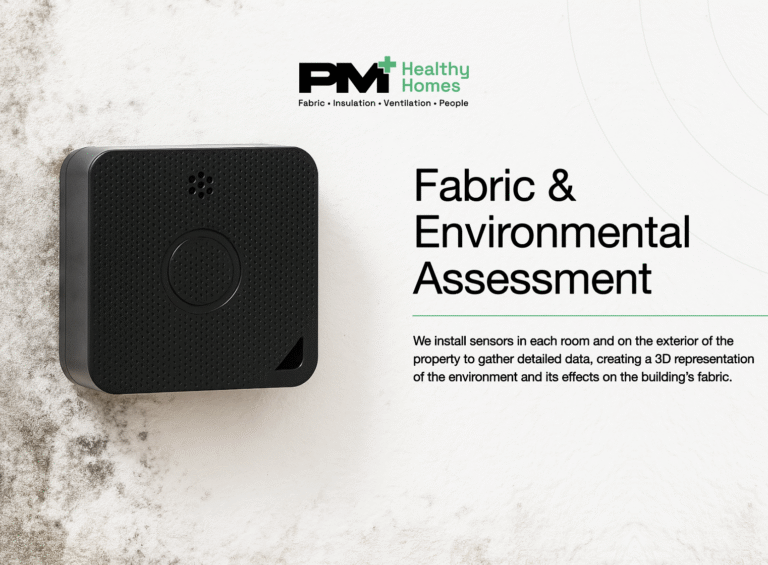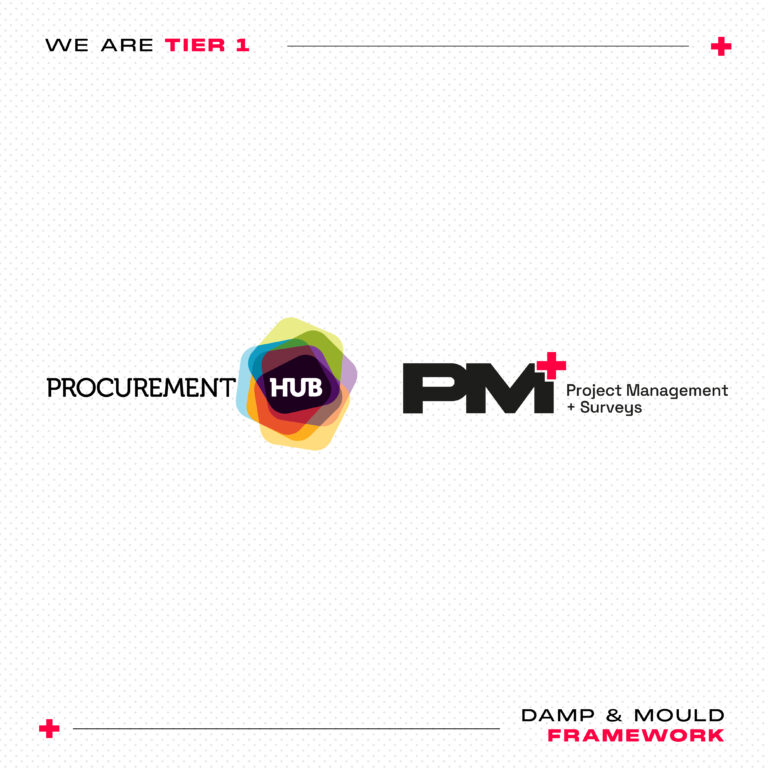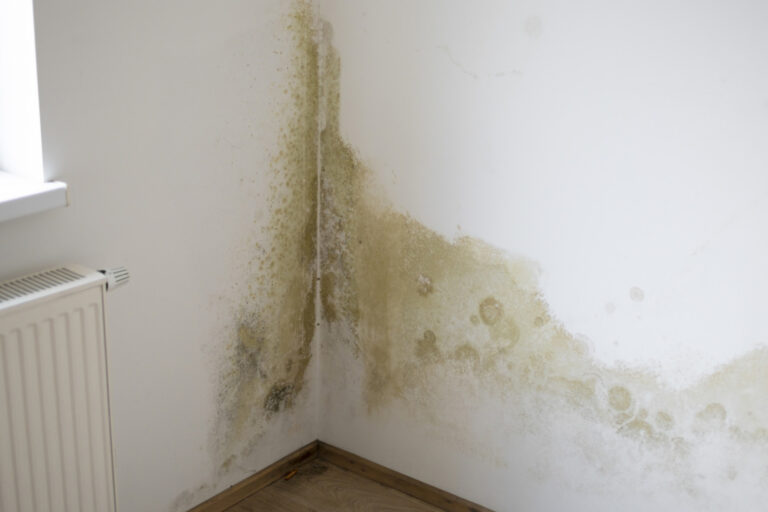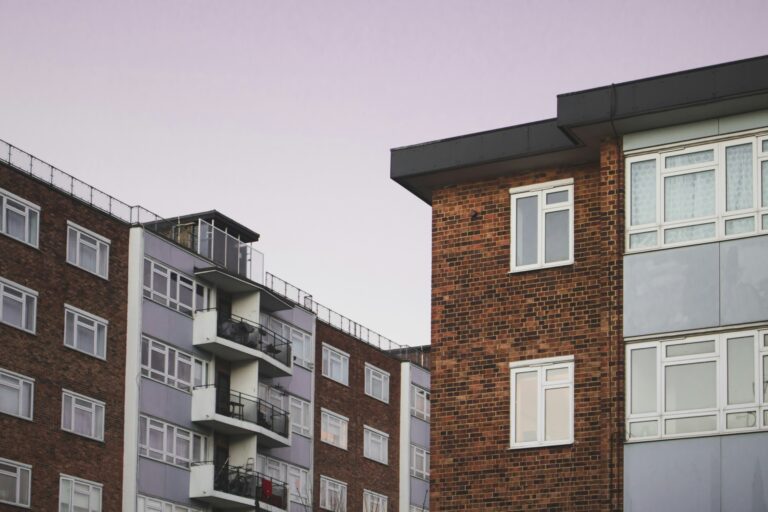Balconies are an essential feature of many social housing developments, offering valuable outdoor space for residents. However, like all structural elements, they require regular maintenance to ensure their longevity and safety. When neglected, balconies in social housing can suffer from various issues, such as point loading, water ingress, lack of slip resistance, and damage to the surface material, which can lead to more significant problems down the line.

In this blog, we’ll explore some common issues associated with balconies in social housing and the maintenance solutions that can help prevent costly repairs and ensure the safety of tenants.
Common Problems with Balconies in Social Housing
- Point Loading and Migration in Asphalt Balconies
Asphalt is a common material used in balcony construction due to its durability and cost-effectiveness. However, one of the most significant issues with asphalt balconies is point loading. This occurs when concentrated weight or pressure is applied to a small area, causing the asphalt to crack or deteriorate. Over time, this can lead to further cracking, holes, and the migration of material.
Point loading can also cause water to pool in specific areas of the surface, exacerbating the problem. If not promptly addressed, this can result in more extensive damage and the need for major repairs.
- Water Ingress into Concrete Balconies
Concrete balconies are another popular choice for social housing, providing a sturdy and long-lasting surface. However, continuous water ingress can be a significant issue. Concrete is porous by nature, meaning that water can seep into the material, leading to deterioration and the development of cracks. Over time, this water damage can result in issues such as rusting of reinforcement bars, which weakens the structural integrity of the balcony.
Water ingress not only compromises the safety of the structure but also leads to unsightly stains and mould growth, which can affect the aesthetic of the building and the health of its residents.
- Lack of Slip Resistance
Balconies, particularly in high-traffic areas, should provide a safe walking surface. Over time, balconies, whether asphalt or concrete, can suffer from reduced slip resistance. This can be caused by the erosion of surface coatings, the accumulation of algae or moss, or the natural wear of the material.
A lack of slip resistance is especially dangerous during wet weather, as it increases the risk of slips and falls, potentially leading to serious injury. This issue is often more prevalent on balconies that have not been regularly maintained or cleaned.
Maintenance Solutions for Balconies in Social Housing
- Asphalt Surface Repair and Refurbishment
To combat point loading and migration issues in asphalt balconies, regular inspections are vital. Professional surveyors can assess the extent of damage and recommend appropriate repairs. Solutions may include patching up cracks, replacing damaged sections, or even re-coating the surface to improve waterproofing and durability.
In cases where the damage is extensive, a full refurbishment may be required. This could involve removing the old asphalt and replacing it with a more resilient material, such as PMMA membranes, which can offer better resistance to point loading, water infiltration, and improve slip resistance.
- Concrete Balcony Maintenance and Waterproofing
For concrete balconies, the primary concern is preventing water ingress. Regular inspection for cracks or gaps in the surface is essential. Small cracks can be sealed using epoxy injections, while larger issues may require surface repairs or the installation of a waterproofing membrane to prevent further water penetration.
Additionally, applying a protective coating to the concrete can reduce the impact of water ingress, helping to maintain the structure’s integrity. In cases where rusting of reinforcement bars has occurred, the affected areas will need to be treated to prevent further corrosion and maintain the strength of the balcony.
- Improving Slip Resistance
To restore or improve slip resistance, the surface of the balcony may need to be re-coated with a non-slip treatment. This can involve the application of anti-slip coatings or surface textures that provide better traction, especially during wet conditions. For older concrete or asphalt surfaces, installing slip-resistant tiles or gravel aggregates can also enhance safety for residents.
Routine cleaning and removing debris, algae, or moss are also key in maintaining good slip resistance. This not only keeps the surface safer but also improves the overall appearance of the balcony.
- Routine Maintenance and Surveys
Both asphalt and concrete balconies benefit from routine maintenance. This includes checking for signs of wear and tear, clearing drainage systems, and repairing minor damage before it becomes a major issue. Professional surveys can identify problems early on, helping to extend the life of the balcony and prevent costly repairs in the future.
Why Regular Inspections are Crucial
Ensuring the safety and longevity of balconies in social housing requires expertise and consistent attention. At PM+, we specialise in surveying and project management for social housing projects, providing tailored solutions to address the unique needs of each building.
Our team can conduct thorough assessments of your balconies, identifying potential risks and offering cost-effective solutions to remedy any issues.
Regular surveys not only ensure that minor issues are addressed before they escalate but also help in prioritising repairs and improvements in line with budgets and safety standards.
If you’re concerned about the condition of your balconies, it’s time to take action. Contact PM+ today for professional surveying and project management services. Let us help you maintain the safety, functionality, and appearance of your social housing.








